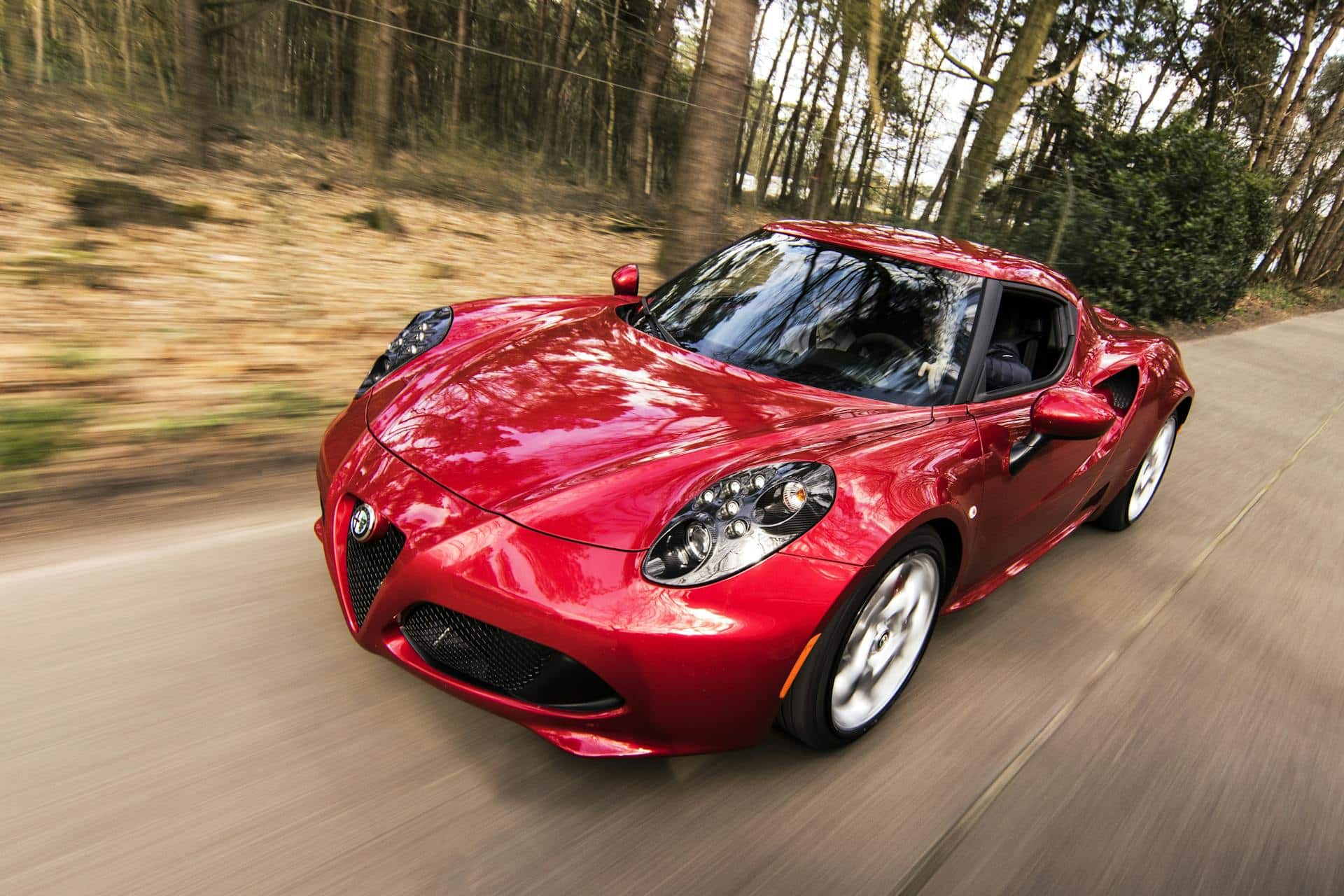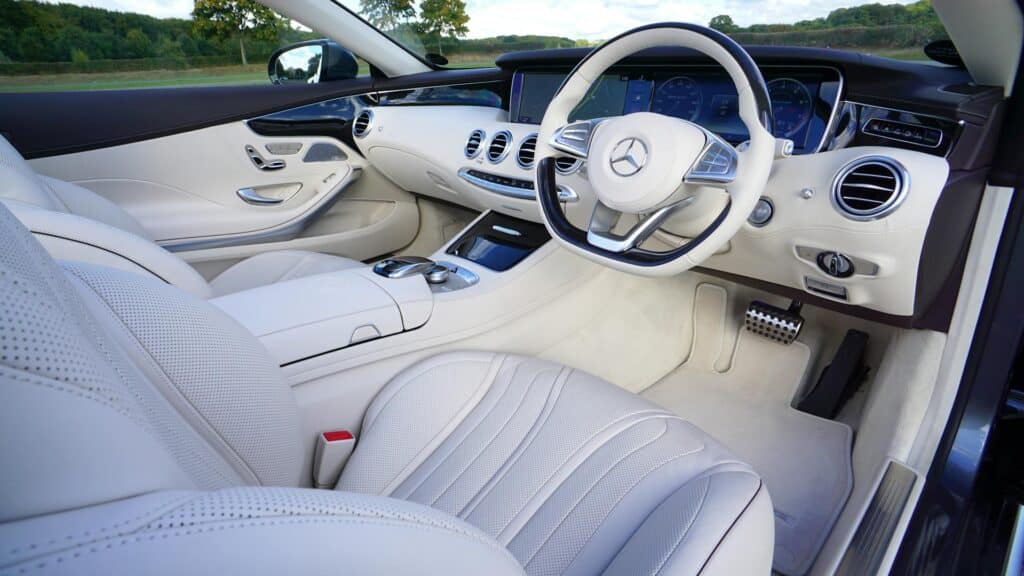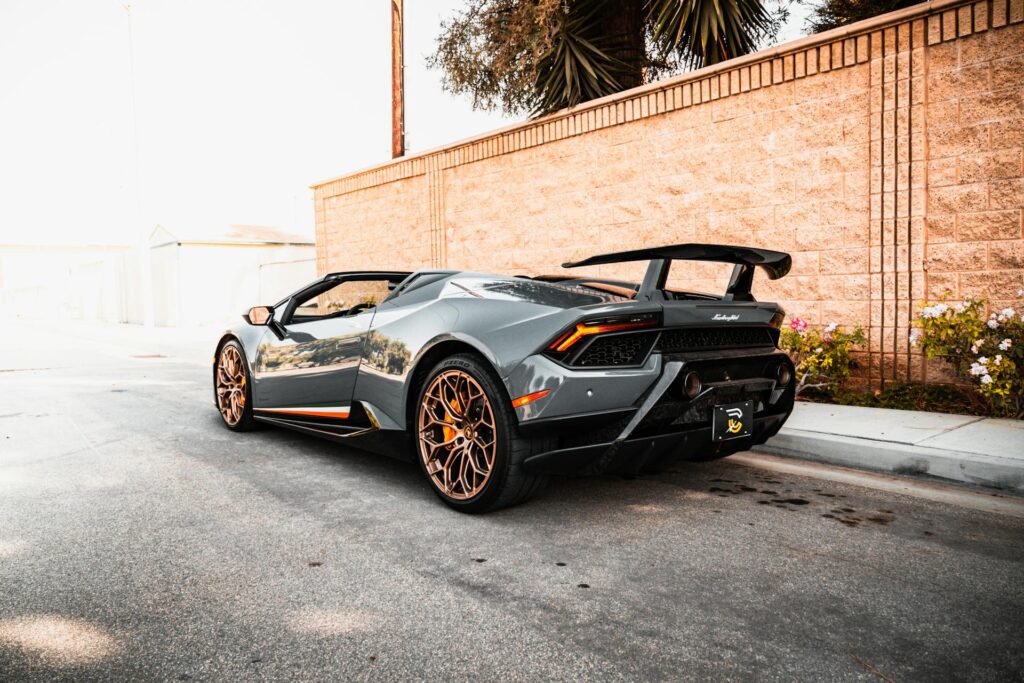If you’re searching for ways to protect your car’s paint and interior, you know that it’s about more than just keeping your ride attractive—it’s an investment in your car’s future. This article lays out the essentials of paint and interior protection for cars, offering an understanding of how various solutions like ceramic coatings and protectants work to defend against daily wear and environmental damage. Without endorsing specific brands, we provide the insights necessary to maintain your vehicle’s value and appeal effectively.
Protection Plans Overview
Paint protection such as waxes, sealants, and ceramic coatings, along with interior products like protective films, are essential for preserving a car’s glossy finish, preventing damage, and maintaining its value. The effectiveness of car protection solutions varies based on factors like durability, cost, vehicle usage, and maintenance routines; hence, a tailored approach is recommended for each vehicle. Professional car protection services should be carefully selected based on the provider’s expertise, reputation, product quality, customer satisfaction, and cost-effectiveness to ensure long-term value and preservation of the car’s condition.
Understanding Paint and Interior Protection for Cars

Preserving a car’s resale value is not just about regular washes but also gaining a comprehensive understanding of paint and interior protection. Paint protection plays a pivotal role in preserving the car’s glossy finish and protecting it from external factors such as UV rays, tree sap, and bird droppings. The importance of paint protection often goes underestimated by car owners, who may believe that regular car washes suffice. However, a comprehensive approach is required to maintain your car’s shine and new-like appearance.
Just as crucial is interior protection. Daily use can wear down the car’s interior, but properly applied protection can shield surfaces from fine scratches, swirls, and blemishes. This not only maintains the car’s aesthetic appeal but also its value.
Types of Paint Protection
Several options are available for paint protection. Traditional waxes, such as carnauba wax, are an affordable option that offers UV protection but have a lower melting point and limited chemical resistance. As a step up, synthetic paint sealants offer longer-lasting protection, with higher melting points and improved resistance to chemicals and UV rays, typically lasting up to six months.
For those seeking advanced paint protection technology, ceramic coatings are worth considering. These use silica dioxide to form a durable shield that resists high temperatures, chemicals, and provides some protection against light swirls and marring. But remember, while ceramic coatings offer substantial protection, they are not completely immune to scratches or chips.
Benefits of Interior Protection
Conversely, interior protection does more than simply preserving a clean appearance. High-quality interior protection products are essential in safeguarding surfaces from scratches, swirls, and blemishes, thereby maintaining the car’s value and aesthetic appeal. Products like XPEL interior protection offer substantial benefits, including restoring, renewing, and protecting gloss piano black trim, carbon accents, and other sensitive interior surfaces.
The benefits of interior protection extend to even the most delicate areas of the car, including door controls, door trims, and handle cups. These areas are often overlooked, but preserving these small but significant details from daily wear and tear can greatly enhance the overall appearance and value of the vehicle.
Additionally, some protection products, like the XPEL RX antimicrobial film, serve the dual purpose of protecting against physical damage and inhibiting microbial growth, thus adding a layer of hygiene to the aesthetic and structural preservation of interior surfaces.
Factors to Consider When Choosing Car Protection Solutions
Choosing a car protection solution requires consideration of various factors. These include personal needs such as the type of coverage required, the age of the vehicle, mileage, usage, and of course, your budget. It’s not just about picking the most expensive option; it’s about finding a solution that suits your needs and maintains the value of your car.
For instance, if you drive your car daily in an urban area, your car is exposed to more dirt, dust, and pollutants, including acid rain, requiring more frequent detailing to maintain its appearance. Or if you live in a region with harsh winters or intense summer heat, you might need more robust detailing routines to combat weather-related damage like salt corrosion and UV-induced paint fading.
Budget and Durability
The durability of the paint protection you select directly correlates with your budget. If you’re on a tight budget, car sealants or natural car waxes might suffice. Sealants, while being a relatively inexpensive option, offer a few months of UV ray and heat resistance, striking a balance between cost and longevity. Natural car waxes, although less durable, are also less expensive and can provide protection for up to six months.
On the other hand, if you’re looking for a long-term solution and willing to invest a bit more, a professionally applied ceramic coating might be the way to go. Typically, it lasts three to four years, providing extended protection compared to other options.
Vehicle Usage and Maintenance
Your vehicle usage significantly influences the paint protection and detailing routines you select. Daily commutes in urban areas increase the car’s exposure to dirt, dust, and pollutants, necessitating more frequent detailing to maintain the vehicle’s appearance. On the other hand, cars in regions experiencing harsh winters or intense summer heat require more robust detailing routines to combat weather-related damage like salt corrosion and UV-induced paint fading.
Maintenance doesn’t stop at professional detailing; regular maintenance and cleaning between professional sessions are essential for protecting a car’s aesthetic appeal and mitigating dirt and grime buildup. For cars used for daily errands, the choice of paint protection should prioritize a car shiny, glossy finish and resistance to light scratches and swirl marks.
Exterior Paint Protection: A Closer Look

Various exterior paint protection methods like ceramic coatings, sealants, car waxes, and paint protection film (PPF) provide different degrees of durability and protection. Each comes with its unique benefits and drawbacks, and understanding these will help you make an informed decision.
For example, paint protection film, also known as clear bra, excels in shielding against physical damages such as scratches, swirl marks, and rock chips. It also features self-healing properties that repair minor scratches with exposure to heat. However, while PPF offers significant protection, it does not enhance the car’s shine or gloss, leading many to apply ceramic coatings over PPF for an improved appearance.
Ceramic Coating
Ceramic coating, also known as a ceramic coat, offers enhanced shine, luster, and protection from the elements. It’s a liquid polymer that, when applied to car paint, forms a durable surface resistant to oxidation, chemicals, and UV light. This makes maintenance easier due to its dirt and water repelling properties, ultimately extending the life of the paint job.
Despite the higher initial investment, ceramic coatings are cost-effective in the long run. They outlast conventional car waxes and exhibit heightened resistance to chemicals. A good quality ceramic coating can have a lifespan of 2-5 years, validating its cost-effectiveness.
Paint Protection Film
Paint protection film, also known as Clear Bra, offers a robust defense against rock chips, impacts, and harsh weather conditions like heavy snowfall, salt, and rain. It also prevents peeling and fading due to its self-healing properties. Advanced PPF technology can even cover light scratches and swirl marks, thereby maintaining the vehicle’s aesthetic value.
High-quality PPF is known for its longevity, typically enduring for 7 to 10 years, with warranties that can surpass 10 years, depending on the product quality. Furthermore, the application of PPF offers the following benefits:
- Eliminates the need for frequent waxing
- Maintains a shiny exterior appearance
- Possesses the ability to self-repair minor scratches when exposed to heat.
Protecting Your Car’s Interior: Tips and Techniques

Preserving your car’s interior entails more than merely cleaning up after a coffee spill. It’s about implementing regular cleaning and maintenance routines and using specific products to preserve the interior surfaces, upholstery, and leather seats.
For instance, leather car seats should be maintained using specific conditioners to ensure they remain less abrasive. Protective accessories like rubber or plastic floor mats, seat covers, and protective towels under child seats can protect car upholstery and carpet from dirt, spills, and tears. And let’s not forget about regular vacuuming, which removes dirt and crumbs, preventing damage from substances like melting candy.
Upholstery and Leather Seat Care
Upholstery and leather seat care necessitate routine cleaning and the use of leather cleaners and conditioners. This helps to prevent cracking and staining, ensuring your seats remain in good condition.
After vacuuming, follow these steps to clean and condition your leather seats:
- Apply leather cleaner and conditioner evenly across the seats.
- Use a soft brush or microfiber cloth to gently scrub in circular motions, removing stains and dirt.
- Make sure to cover all surfaces of the seats.
- After applying the cleaner and conditioner, buff the seats with a clean side of the microfiber towel.
- This will allow the conditioner’s softening components to penetrate the leather and prevent drying and cracking.
Dashboard, Door Panel, and Console Protection
Preserving other interior components, including the dashboard, door panels, and console, is equally important. Products like the Chemical Guys Total Interior Cleaner and Protectant, 303 Interior Cleaner, and Meguiar’s Ultimate Protectant can efficiently clean and offer UV protection for these hard interior surfaces.
Interior detailing shouldn’t overlook areas around controls and buttons, the center console, and door jambs. These are part of the protection process and help maintain the vehicle’s interior and its new car appearance.
Finding Professional Car Protection Services

By reading this far, you’ve acknowledged the significance of preserving your car’s value via proficient paint and interior protection. However, applying these protections yourself can be a daunting task, which is why you might want to consider the services of trained professionals.
In selecting a car protection service provider, ensure they are licensed, authorized, and comply with industry standards and best practices. Recommendations from friends, family, and trusted automotive professionals can help you select a service that aligns with your needs.
What to Look for in a Car Protection Service Provider
Identifying a trustworthy car protection service provider requires evaluation of their expertise, reputation, and the quality of products they utilize. Customer reviews, satisfaction ratings, and professional advice can guide you to the most suitable car protection service based on their expertise.
Moreover, the high quality products such as ResistAll® used by the service provider helps ensure the exterior and interior of the vehicle are effectively sealed and protected.
Costs and Pricing
Although quality should remain a priority, cost inevitably impacts the decision when choosing a car protection service. Obtaining quotes from several providers allows you to compare costs alongside the terms and conditions offered, ensuring you get the best value for your money.
Keep in mind that while a low-cost service may seem attractive, it may offer limited coverage, inferior customer service, and possibly lack the long-term value that one looks for in such investments.
Summary
To recap, maintaining your car’s value is more than just keeping it clean. It involves understanding and implementing effective paint and interior protection methods, considering factors like personal needs, budget, and vehicle usage when selecting a car protection solution. Whether you decide to do it yourself or hire a professional, remember that protecting your car is an investment that will pay off in the long run.
Frequently Asked Questions
What is paint and interior protection?
Paint and interior protection involves creating a tough, glossy finish for the paint, as well as providing an invisible shield against weather-induced fading and loss of gloss. It also protects against damage from acid rain, industrial fallout, bird droppings, tree sap, and hard water etching.
Should I get the interior protection on my new car?
Yes, getting interior protection for your new car is worth it. It makes cleaning easier, provides longer-lasting resistance to wear and tear, and retains resale value.
What are the types of paint protection?
There are different types of paint protection such as traditional car waxes, synthetic paint sealants, and ceramic coatings, each providing varying levels of durability and protection.
How do I choose a car protection solution?
Consider your personal needs, budget, the age of your vehicle, mileage, and how you use the vehicle when choosing a car protection solution. Choose the one that best suits your specific situation.
How long does paint protection last?
The durability of paint protection varies depending on the type. Traditional car waxes last up to six months, synthetic sealants last 6-8 months, and ceramic coatings can last 2-5 years.
